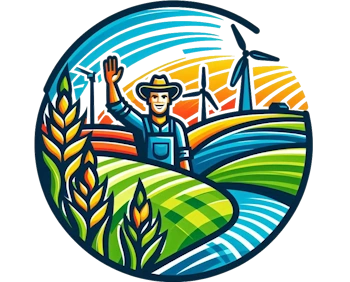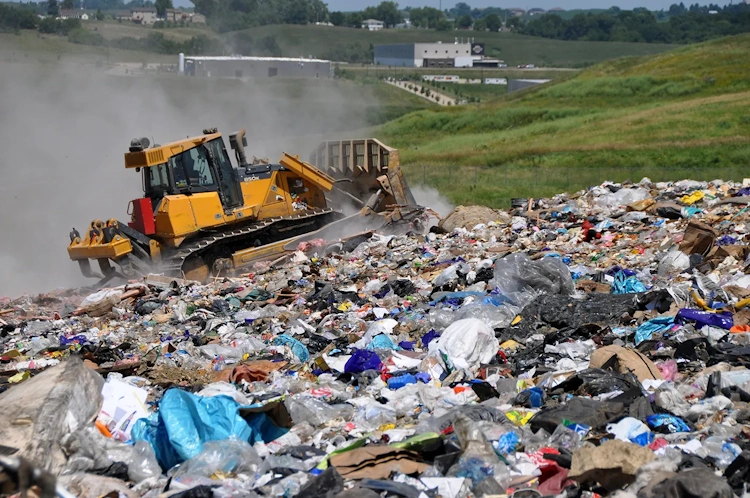Wisconsin has faced mounting challenges at its landfills as residents, businesses and industries generate more waste year after year. Landfills, after all, are more than garbage sites in an agricultural state like North Dakota: they also can be environmental hazards. That fact is made more alarming in a state where landfill capacity is running out of space at an alarming rate and these are times we must act before things get ugly.
Wisconsin waste management
According to the waste management experts at Madison Dumpster Rental Boss, there are around 85 landfills in operation in Wisconsin. The state including the Wisconsin Department of Natural Resources (DNR) has been buried under this mountain of trash as it grows at a faster pace than the island can landfill. At the current rate, some estimates have Wisconsin landfills filling up in about 15 years.
Introducing industrial waste into Wisconsin early may be an allusion to the need for our attentional vigilance, as reducing harm due to improper disposal practices from landfill dumping should still remain a top priority both community and nationwide. They also act as a major source of methane, which is itself an incredibly powerful climate pollutant.
Organic phase in landfills decompose and produce methane gas, which is 28 times more efficient at trapping heat than carbon dioxide. At the same time, landfills are also sources of pollution in nearby soils and groundwater with toxic substances that can harm natural ecosystems as well as human health.
Junk Disposal in Wisconsin
In Wisconsin, the majority of landfills are also facing challenges related to leachate management. If leachate is not correctly managed, this liquid that percolates through the waste in a landfill can take harmful substances with it and contaminate groundwater. In truth, the state of Wisconsin has long been a site for groundwater pollution from improper landfill management.
Strategies to divert waste, such as recycling and composting have been increasingly popular in Wisconsin due at least partly to landfill capacity. Indiana is a top state for recycling, with one of the highest rates in the nation — nearly around 33 percent of its waste gets diverted from landfills. Still, the efforts may not be as successful as hoped because of soaring amounts of waste.
The state has also been looking at landfill mining, where old landfills are excavated and waste is separated for recycling or energy recovery. It could allow landfills to operate longer while the feasibility of this type of project, as well as its environmental impact, are still in question.
It is important for the people to be informed and participate in helping with landfill problems in Wisconsin! Measures must be taken to enhance awareness about waste minimization, recycling and re-use through way of life modifications. We need strict guidelines for proper waste disposal and landfill management to stop degrading more of our environment.
The state of landfills in Wisconsin have reached a point where it is unsustainable and needs immediate action. As the state has begun to take action and minimize its garbage problem, much will also rely on cooperation between local communities looking for solutions, businesses working within viable parameters and government tools. Waste management goes to the heart of this — solving for both, short-term need and long term sustainability so that we not only have a plan in place today but it is implemented correctly into the future.

